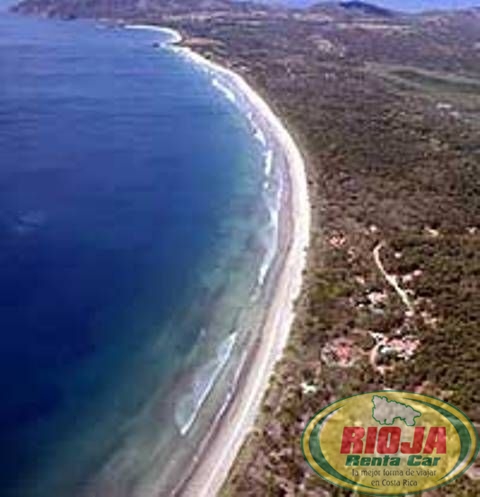
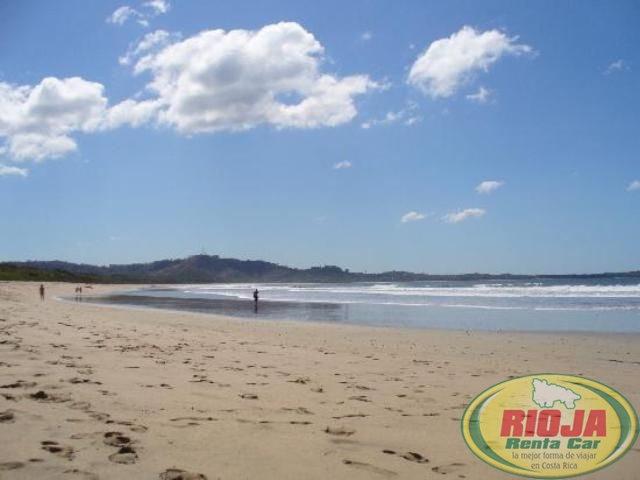
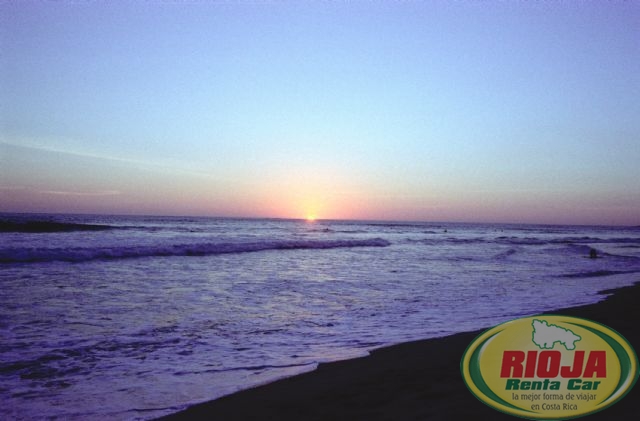
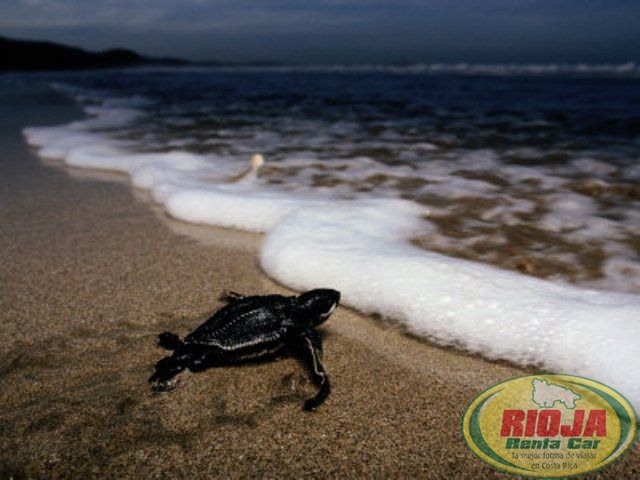
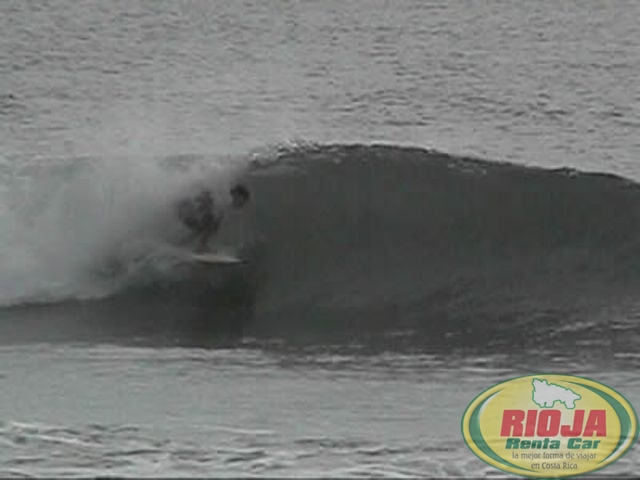
La playa y el Parque Las Baulas están situadas en Santa Cruz, Guanacaste. El acceso es por medio de la carretera de Liberia-Guardia-Filadelfia-Belén-Huacas-Playa-Mata Palo Grande.
The beach and the Park Las Baulas are located in Santa Cruz, Guanacaste. Access is by means of the road from Liberia- Guardia- Filadelfia- Belén- Huacas- Mata Palo- Playa Grande.
This National Park protects 445 hectares of beaches, forests and mangrove swamps on the coast of the Nicoya Peninsula in Santa Cruz Canton. It was created to protect endangered wildlife species, especially the leatherback turtle, the largest sea turtle in the world. Identification has been made of 174 species of sea and land birds, 57 of which live in mangrove swamps, which are made up of the 5 species recognised for the Pacific-the black, white, tea, red and buttonwood mangroves. This is the habitat of the blue-winged teal, black-bellied tree duck, white ibis, cattle egret, great blue heron, and muscovy duck. The watery world of the mangrove swamp also provides shelter for termites, common racoons, caymans, ctenosaurs, pacas, agouties, grey squirrels, howler and white-faced capuchin monkes. Brown Pelicans, maginificent frigatebirds, sandpipers and laughing gulls swoop and dive along the seashore, while the fine sand of the beach is home to hoards of ghost, mouthless and hermit crabs. Just beyond where the waves break, numerous spiral mollusk shells can be found.
The beach at Playa Grande is where the leatherback turtle comes to lay its eggs. This sea turtle can measure up to 2,5 metres and weigh around 700 kilos. Unlike other turtles, this species has no hard shell, but rather a black, leathery skin with ridges running lengthwise. It is the epitome of a nomad and its favorite food is the poisonous jellyfish. Like all other sea turtles, the leatherback spends its life in the warm, tropical seas, coming ashore only when the females nests. The leatherbacks take over the beach from November to April. They dig their nests one metre deep, lay their eggs and cover the pit with sand, returning once again to the sea. After 60 to 90 days, tha hachlings emerge and immediatley make their way back to the water. Along the treacherous path, which measures only a few metres, they are easy pray for crabs, seabirds and various mammals, which means only a few of them are able to survive. Sometimes Pacific ridley turtles also arrive to nest as they do at Santa Ana and Corcovado National Park.
The vast sweep of beach is ideal for sunbathing, relaxing and exloring, especially towards the west where the truly picturesque Ventanas and Carbón Beaches can be found together with El Morro Peak. the latter is surrounded by rocky cliffs and platforms from which brilliantly coloured little fish, trapped in the tidal pools. can be seen at low tide.

 Español
Español






